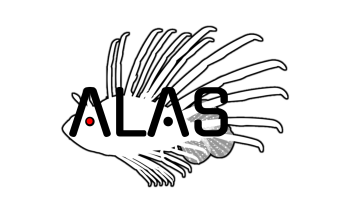#alien_species
Ξενικά Είδη
Ξενικά είδη στο Αιγαίο
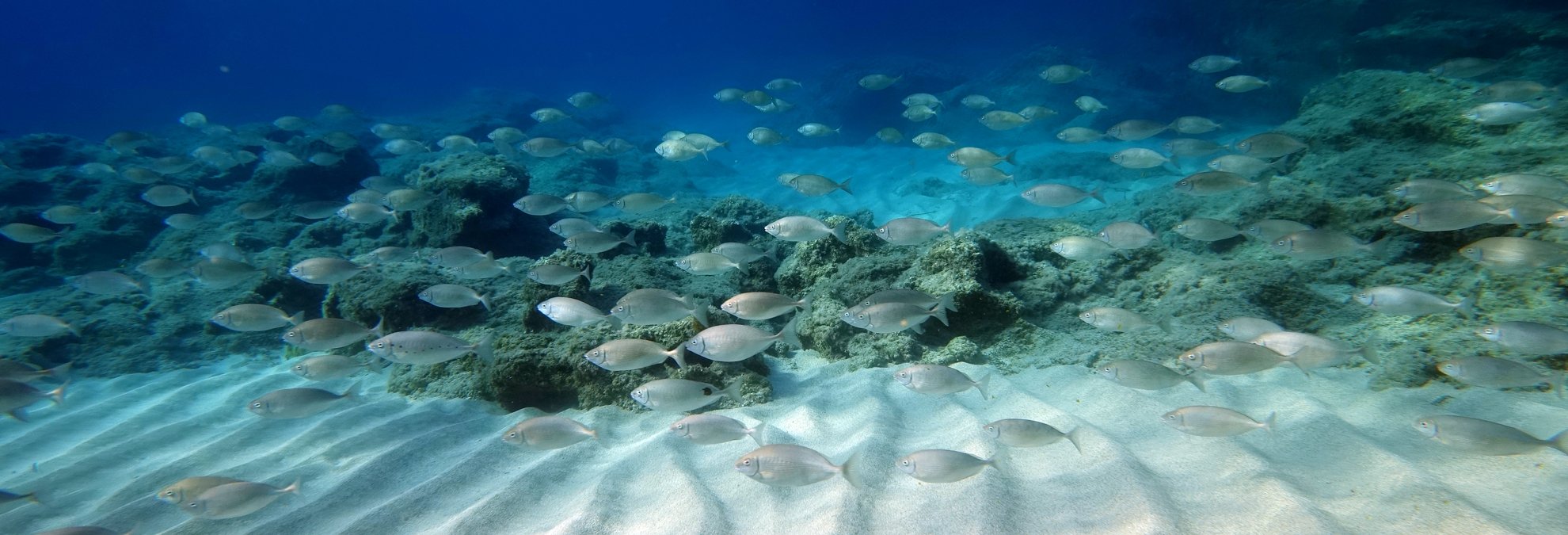
Πολλά ξενικά είδη γίνονται «εισβολικά» με σημαντικές επιπτώσεις στη βιολογική ποικιλότητα, την ανθρώπινη υγεία και τις οικοσυστημικές υπηρεσίες.
Ξενικά είναι τα είδη εκείνα που, μέσω ανθρωπογενών δραστηριοτήτων, έχουν εισέλθει σε περιοχές πέρα από τη φυσική τους κατανομή, ξεπερνώντας βιογεωγραφικούς φραγμούς. Πολλά ξενικά είδη γίνονται «εισβολικά» με σημαντικές επιπτώσεις στη βιολογική ποικιλότητα, την ανθρώπινη υγεία και τις οικοσυστημικές υπηρεσίες. Οι οικολογικές επιπτώσεις των εισβολικών ειδών είναι τόσο σημαντικές που συγκαταλέγονται μεταξύ των σημαντικότερων αιτίων των απωλειών βιοποικιλότητας παγκοσμίως. Οι επιπτώσεις από τα εισβολικά είδη περιλαμβάνουν τη μείωση πληθυσμών, εξαφανίσεις ειδών, μεταβολές στη σύνθεση των κοινοτήτων, επιπτώσεις σε οικοσυστημικές διεργασίες και στη λειτουργία των οικοσυστημάτων, κοινωνικά προβλήματα και σημαντικές οικονομικές απώλειες.
#alien_species
Ξενικά είδη στο Αιγαίο - Φωτογραφικό Υλικό
Οι οικολογικές επιπτώσεις των εισβολικών ειδών είναι τόσο σημαντικές που συγκαταλέγονται μεταξύ των σημαντικότερων αιτίων των απωλειών βιοποικιλότητας παγκοσμίως.
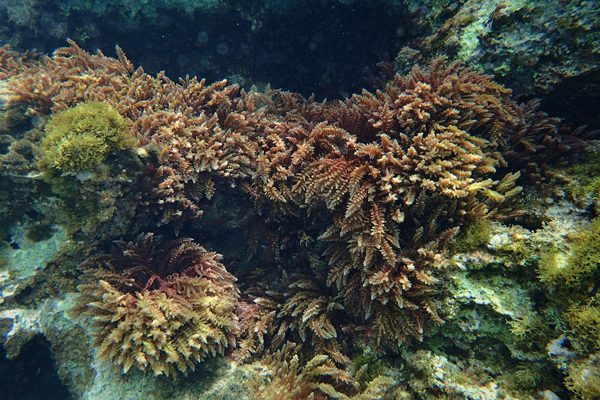
Τα ξενικά ροδοφύκη του γένους Asparagopsis καταλαμβάνουν πλέον σημαντικό κομμάτι των βραχωδών υφάλων του Αιγαίου σε πολλές περιοχές.

Το κρυπτογενές κοράλι Oculina patagonica μοιάζει με το ενδημικό κοράλι της Μεσογείου Cladocora caespitosa και έχει ιδιαίτερη προτίμηση εξάπλωσης σε τεχνητά υποστρώματα.

To ξενικό ολοθούριο Synaptula reciprocans σχηματίζει μεγάλες συναθροίσεις σε περιοχές του νοτίου Αιγαίου και της ανατολικής Μεσογείου

Συνάθροιση λεοντόψαρων ( Pterois miles ) που κυνηγάν τη λεία τους σε ναυάγιο σε ύφαλο κατά το χάραμα.

Το ψάρι φλογέρα ( Fistularia commersonii ), περιπολεί τα εξωτερικά όρια ενός υφάλου
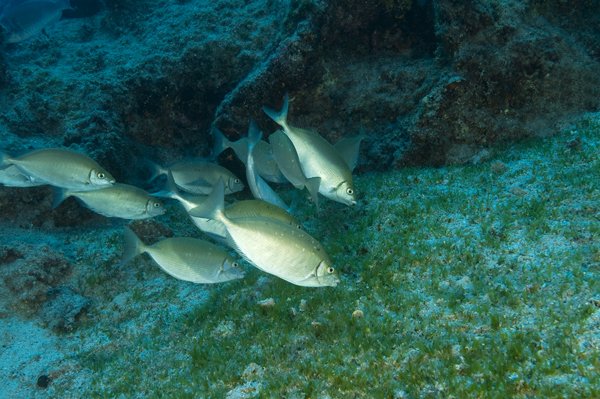
Τα δύο είδη γερμανών Siganus luridus και S. rivulatus έχουν προκαλέσει σοβαρές επιπτώσεις στις βιοκοινότητες μακροφυκών της Μεσογείου

Το εισβολικό χλωροφύκος Caulerpa cylindracea έχει καταλάβει ένα σημαντικό κομμάτι χώρου οικολογικά σημαντικών Μεσογειακών μακροφυκών

Το μπλέ καβούρι Callinectes sapidus έχει γίνει κοινό αλιεύμα πολλών περιοχών του Αιγαίου, εκτοπίζοντας παράλληλα πολλά είδη σημαντικής οικονομικής αξίας για την αλιεία.

Ο ξενικός αχινός Diadema setosum έχει γίνει αρκετά κοινός στους βραχώδεις υφάλους του νοτίου Αιγαίου
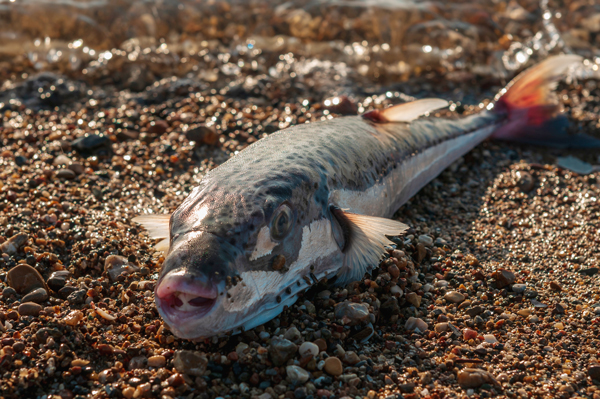
Lagocephalus Sceleratus

Sargocentron Rubrum
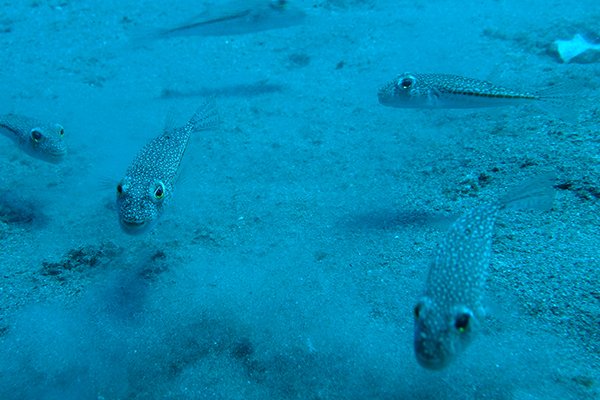
Torquigener Flavimaculosus

